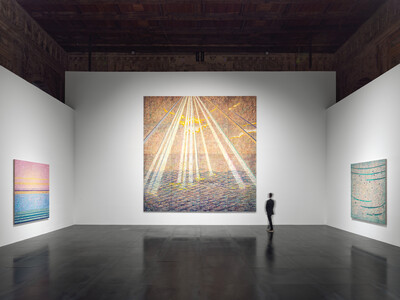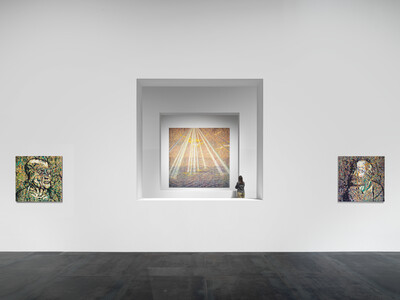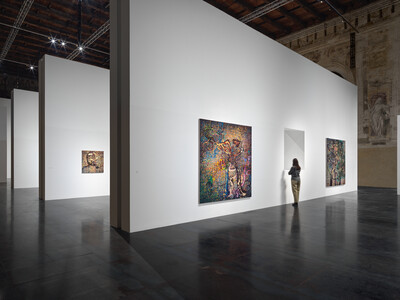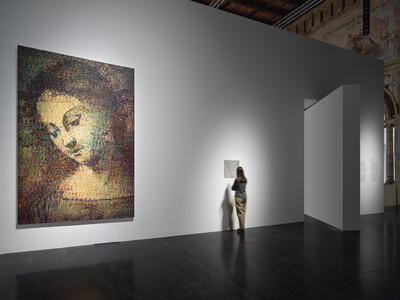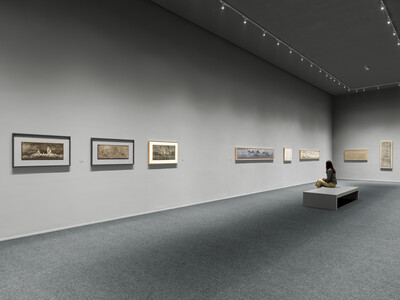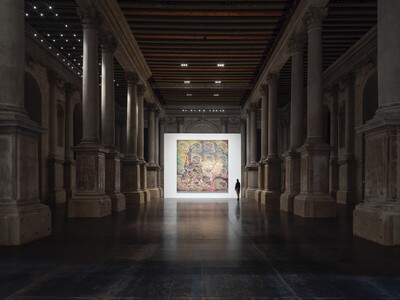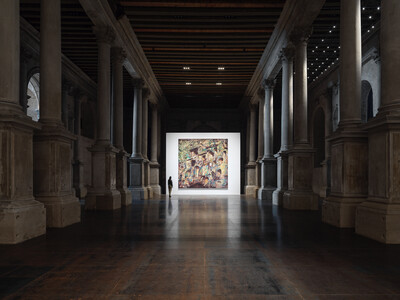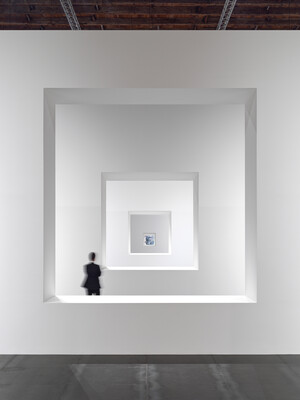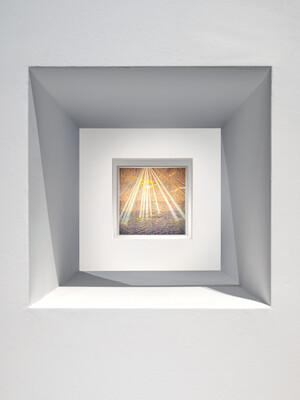Solo Exhibition Scuola Grande della Misericordia in Venice, Italy
Zeng Fanzhi: Near and Far/Now and Then, an exhibition featuring new works by renowned artist Zeng Fanzhi (b. 1964) to be opened concurrently with the 2024 edition of La Biennale di Venezia. With an installation designed by architect Tadao Ando, the exhibition will be mounted in the historic Scuola Grande della Misericordia from April 17 to September 30, 2024.
Presented in this exhibition are the latest breakthroughs in the artist’s practice. Near and Far/Now and Then will premiere two recent bodies of work by the artist: new abstract paintings and the debut of works on handmade paper rendered in ink, graphite, chalk, and gold dust, among other mineral pigments. The exhibition is co-curated by Michael Govan, LACMA CEO and Wallis Annenberg Director, and Stephen Little, Florence and Harry Sloan Curator of Chinese Art and Department Head, Chinese, Korean, and South and Southeast Asian Art.
The exhibition will shed light on Zeng’s ambitious practice of redefining the abstract through exercises in figurative representation and vice versa. The artist’s new oil paintings emerged from his decades of research in color theory, drawing on and challenging Impressionist and Pointillist practices whereby images materialize only through the careful placement of individual marks of color. Here, the layers of brushwork create figurative elements that are readily recognizable from afar but when viewed up close dissolve into the materiality of oil paint. Tonal variations in one color give way to interwoven schemes of colors, often with more than 30 types of bright pigments in one image. The installation will provide an in-depth glimpse into his command of the medium, his wet-on-wet technique, and the emphasis on the sheer materiality of paint that defines his work. In a world now inundated with machine- rendered images, Zeng challenges viewers to recognize the superiority of painting as a time-honored art and craft.
The works on handmade paper point to a new direction in Zeng’s work, ambitiously combining Christian, Buddhist, and literati iconography. They recall the apogee of Chinese monochrome ink landscape paintings of the Song (960–1279) and Yuan (1260–1368) dynasties, while also evoking the ambiguities in the ink landscapes of the late Ming and early Qing dynasty painters Zou Zhilin (1574–ca.1654), Hongren (1610–1663), and Dai Benxiao (1621–1691). The subject matter moves fluidly from the crucifix to representations of rocks and old trees—symbols in traditional Chinese culture of strength, resilience, and longevity. As with Zeng’s paintings, these exquisite drawings deliberately defy categorization in their alignment with the great traditions of Asian and European art.
More Pictures:


